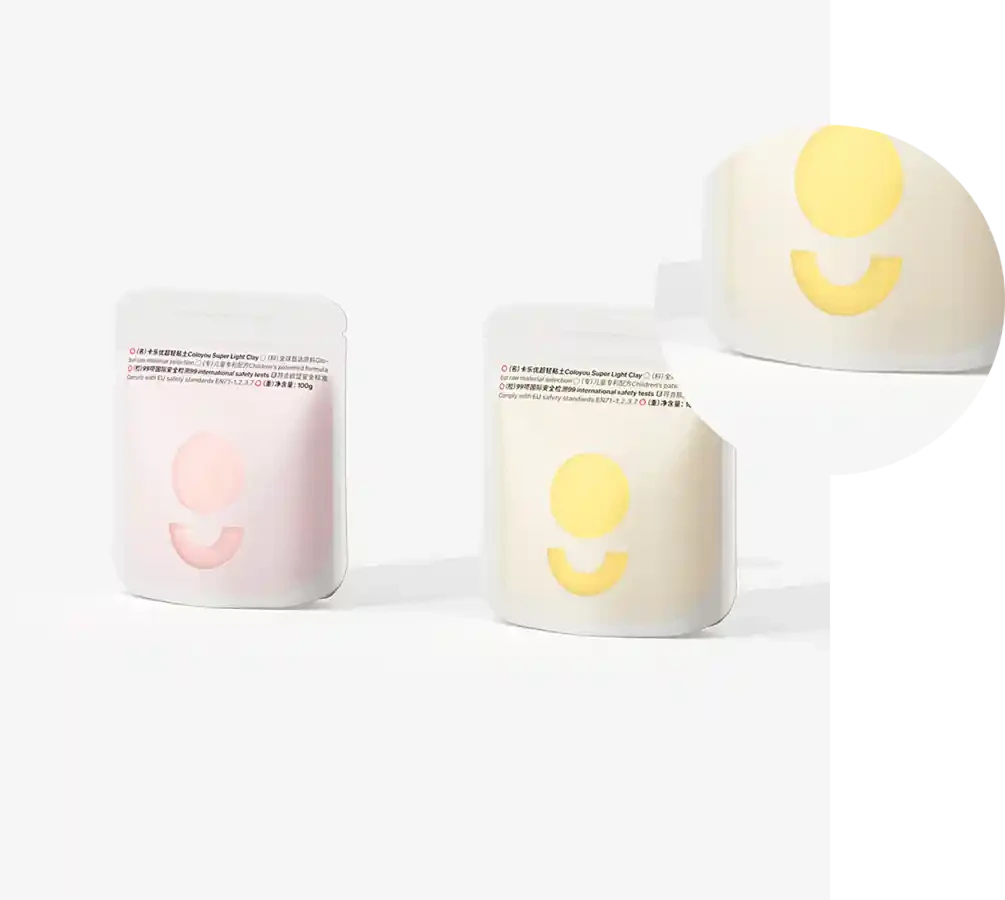- Afrikaans
- Albanian
- Amharic
- Arabic
- Armenian
- Azerbaijani
- Basque
- Belarusian
- Bengali
- Bosnian
- Bulgarian
- Catalan
- Cebuano
- chinese_simplified
- chinese_traditional
- Corsican
- Croatian
- Czech
- Danish
- Dutch
- English
- Esperanto
- Estonian
- Finnish
- French
- Frisian
- Galician
- Georgian
- German
- Greek
- Gujarati
- haitian_creole
- hausa
- hawaiian
- Hebrew
- Hindi
- Miao
- Hungarian
- Icelandic
- igbo
- Indonesian
- irish
- Italian
- Japanese
- Javanese
- Kannada
- kazakh
- Khmer
- Rwandese
- Korean
- Kurdish
- Kyrgyz
- Lao
- Latin
- Latvian
- Lithuanian
- Luxembourgish
- Macedonian
- Malgashi
- Malay
- Malayalam
- Maltese
- Maori
- Marathi
- Mongolian
- Myanmar
- Nepali
- Norwegian
- Norwegian
- Occitan
- Pashto
- Persian
- Polish
- Portuguese
- Punjabi
- Romanian
- Russian
- Samoan
- scottish-gaelic
- Serbian
- Sesotho
- Shona
- Sindhi
- Sinhala
- Slovak
- Slovenian
- Somali
- Spanish
- Sundanese
- Swahili
- Swedish
- Tagalog
- Tajik
- Tamil
- Tatar
- Telugu
- Thai
- Turkish
- Turkmen
- Ukrainian
- Urdu
- Uighur
- Uzbek
- Vietnamese
- Welsh
- Bantu
- Yiddish
- Yoruba
- Zulu
4 types of packaging materials
Understanding the Four Types of Packaging Materials
Packaging plays an essential role in the shipping, handling, and storage of products. It serves multiple purposes, including protection from physical shocks, environmental factors, and contamination, while also providing information and promoting brand identity. The choice of packaging materials is crucial for both manufacturers and consumers. Here, we will explore four primary types of packaging materials paper and cardboard, plastics, glass, and metals.
1. Paper and Cardboard
Paper and cardboard are among the most widely used packaging materials due to their versatility, lightweight nature, and recyclability. They are commonly used for boxes, wrapping, and protective packaging. One of the significant advantages of paper products is that they are biodegradable, making them an environmentally friendly option.
Different grades of paper and cardboard can be used depending on the product's requirements. For example, corrugated cardboard boxes are ideal for shipping fragile items, as they provide an excellent cushioning effect. Additionally, paper packaging can be treated or coated to enhance its water resistance and durability, allowing it to better protect products.
Moreover, the printing capabilities on paper and cardboard are extensive. Brands often utilize these materials to communicate their messages effectively and attract consumers through vibrant designs and informative labeling.
2. Plastics
Plastic packaging has gained immense popularity over the years, mainly due to its cost-effectiveness, durability, and flexibility. It comes in various forms, including films, bottles, containers, and wraps. Different types of plastics are used depending on their intended use—the most common types include polyethylene (PE), polypropylene (PP), polystyrene (PS), and polyethylene terephthalate (PET).
One of the significant benefits of plastic packaging is its ability to create airtight seals, which help extend the shelf life of food products and prevent contamination
. The lightweight nature of plastic also contributes to lower transportation costs and reduced carbon emissions.However, plastic packaging poses environmental challenges, primarily due to its non-biodegradable nature. The increasing awareness of pollution has pushed many manufacturers to explore biodegradable or compostable plastics, contributing to more sustainable practices in packaging.
4 types of packaging materials

3. Glass
Glass is a premium packaging material that is often associated with quality and safety. It is extensively used for beverages, cosmetics, pharmaceuticals, and food products. One of glass's most significant benefits is its impermeability, which protects contents from external contaminants, and its non-reactive properties, making it suitable for various substances without altering their taste or quality.
Additionally, glass is fully recyclable and can be reused indefinitely without loss of quality. This feature has made glass increasingly popular among environmentally conscious consumers and brands.
However, the weight of glass can lead to higher transportation costs, and its fragility can result in breakage during handling and shipping. Despite these challenges, many manufacturers choose glass for its aesthetic appeal and the perception of higher-value products.
4. Metals
Metal packaging, particularly aluminum and steel, is another essential category. Aluminum containers, cans, and foils are popular for food and beverage packaging due to their excellent barrier properties, which help preserve products while preventing spoilage. Steel is often utilized for food storage, such as in tin cans.
Metal packaging is robust, lightweight, and recyclable, making it a sustainable choice as well. It offers a high level of protection against physical damage and provides an air-tight seal, maximizing shelf life for many products.
However, metal packaging can be prone to corrosion, which may limit its application for certain products. To combat this issue, manufacturers often use coatings to enhance durability and protect the metal from moisture and other environmental factors.
Conclusion
The choice of packaging material plays a vital role in the overall product experience, impacting both functionality and sustainability. Each type of packaging material—paper and cardboard, plastics, glass, and metals—has its unique advantages and limitations, which contribute to their respective use in different industries. As awareness of environmental issues continues to rise, there is a growing emphasis on sustainable packaging practices that not only protect products but also minimize environmental impact, paving the way for innovation in the packaging sector.













